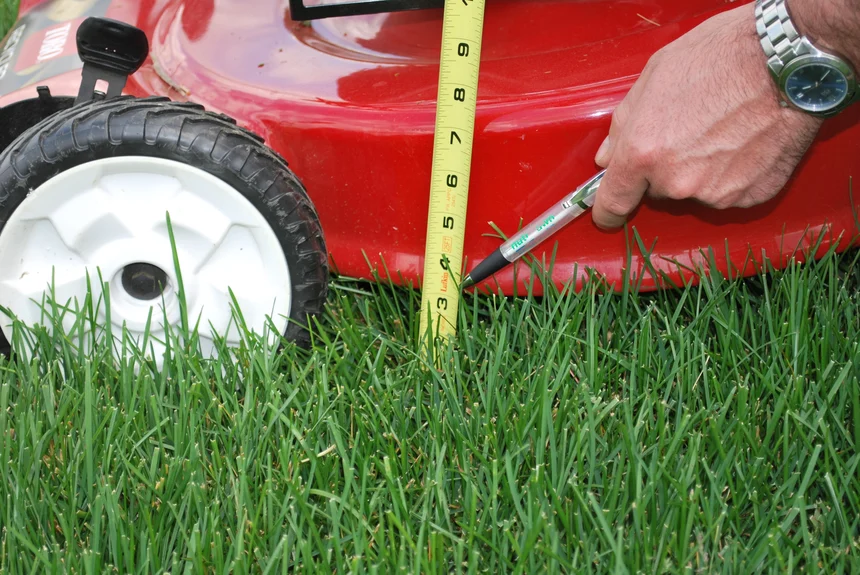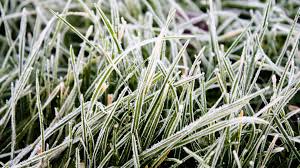As the days grow shorter and temperatures begin to drop, it's time to start thinking about preparing your lawn for the winter months. Taking the right steps now can make a world of difference when spring arrives. In this blog post, we'll guide you through the essential steps to winterize your lawn and ensure it thrives come springtime.
Clean Up Debris
Before the first snowfall, it's crucial to clear your lawn of leaves, branches, and other debris. This helps prevent mold and disease from taking hold during the winter months. A clean lawn also allows sunlight and air to reach the soil, which is essential for healthy grass growth.

Mow at the Right Height
Lowering your mower's cutting height for the last few mows of the season can help prevent snow mold and other diseases. However, avoid cutting the grass too short, as this can stress the lawn. Aim to leave the grass at around 2- 2.5 inches in height.
Aerate the Soil
Compacted soil can prevent air, water, and nutrients from reaching the roots of your grass. Aerating the soil involves creating small holes to alleviate compaction. This process promotes better root growth and allows for improved absorption of essential nutrients.
Overseed Thin Areas
If you have patches of thin or bare grass, fall is an ideal time to overseed. Choose a high-quality grass seed that matches your existing lawn's variety and spread it evenly over the affected areas. Water the newly seeded areas thoroughly and keep them consistently moist until the grass is established.

Fertilize for Winter Resilience
Applying a specialized winter fertilizer in the late fall can give your lawn the nutrients it needs to survive the colder months. Look for a fertilizer with a balanced N-P-K ratio (Nitrogen, Phosphorus, and Potassium) tailored for fall application.
Keep Watering
Even though the temperatures are dropping, it's essential to keep watering your lawn. Roots continue to grow during the fall, and they need adequate moisture to support this growth. Deep, infrequent watering is best, as it encourages roots to grow deeper into the soil.
Taking the time to prepare your lawn for winter is an investment in its long-term health and vitality. By following these essential steps, you'll set the stage for a lush, vibrant lawn come spring. If you're looking for professional assistance in winterizing your lawn, consider reaching out to Nutri-Lawn for expert guidance and services. Remember, a little care now can go a long way in ensuring a beautiful lawn year-round!



